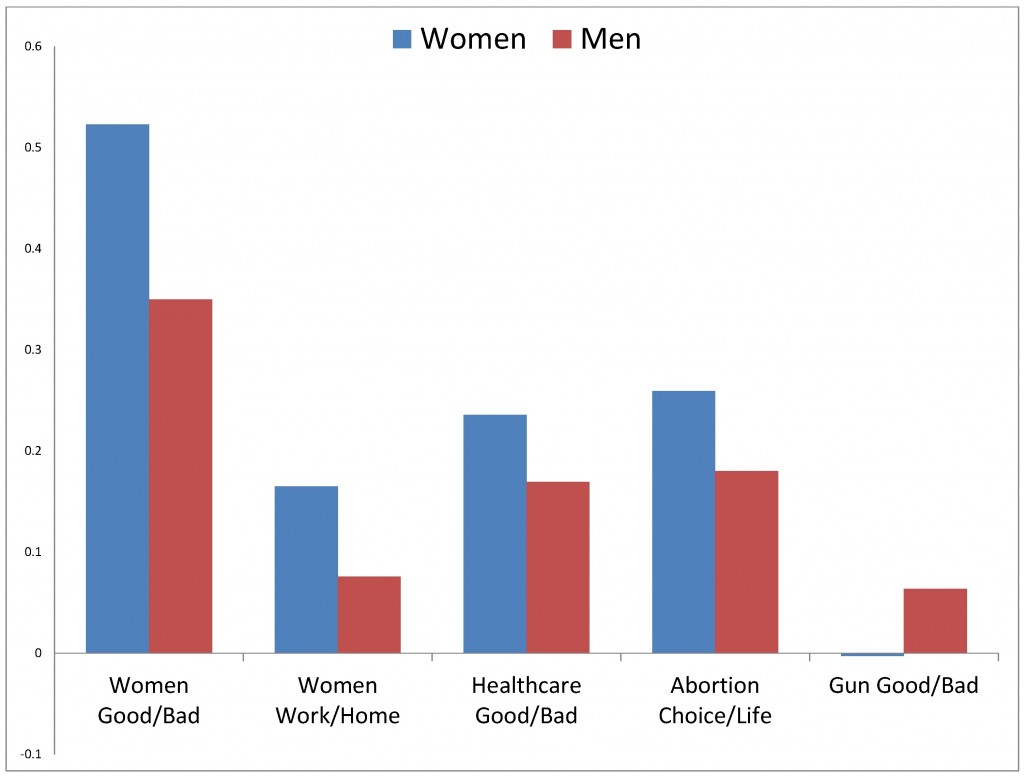A new study conducted by Haystaq Fellow and Assistant Professor of Political Science at the University of Mary Washington Chad Murphy finds that Democrats in Congress are actually more negative about “Obamacare” than their Republican counterparts, while both parties view “healthcare” much more positively.
Derek Willis at The Upshot recently published an article about the decline in the use of the word “Obamacare” in congressional news releases, arguing that it seems to be “shrinking as a political issue.” He finds that this summer, members of Congress only used the word “Obamacare” 138 times this summer compared to 530 times during the same time period last year. He also noted on Twitter that Democrats are much more likely to use the phrase “Affordable Care Act” than “Obamacare” by a 16:1 margin. Does this gap in language between the two parties matter?
Many news organizations and polling firms have shown differences in survey responses depending on what people call the act, and there was of course Jimmy Kimmel’s take on this issue. But there is surprisingly little research into how politicians frame the healthcare law. So to answer this question, we used the Capitol Words API to download all congressional speeches in the most recent Congress. We then used DW-NOMINATE scores to rank the members in terms of ideology and divide them into five quintiles (most liberal, liberal, moderate, conservative, and most conservative). Finally, we applied the HiDEx model to analyze the sentiment of each of these groups for “Obamacare” and “healthcare.” Our results were surprising.
In the graph, positive numbers represent positive sentiment toward the concept, while negative numbers represent negative sentiment. As the figure shows, when Democrats use the frame “Obamacare” they are actually more negative than Republicans, with the second most liberal quintile being the most negative about the word.
This doesn’t mean that Democrats are more negative toward the “Affordable Care Act,” instead it means that Democrats have potentially internalized the negativity of the frame, while Republicans are potentially more likely to use “Obamacare” as a colloquial title with less emotion attached to the word itself. While they label it “Obamacare” less frequently than their Republican counterparts, they do so more negatively, which would possibly help explain why the term has such power in public discourse. Democratic members of Congress dislike “Obamacare” even as they’re more likely to support the “Affordable Care Act”.

